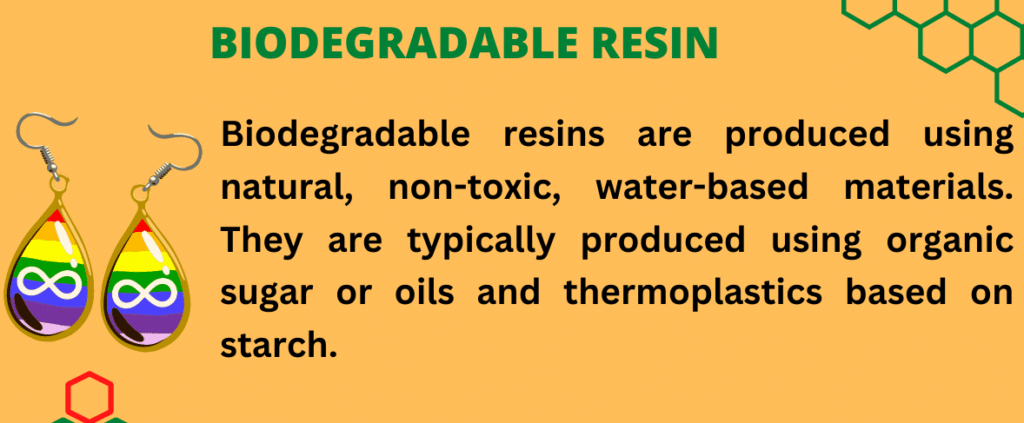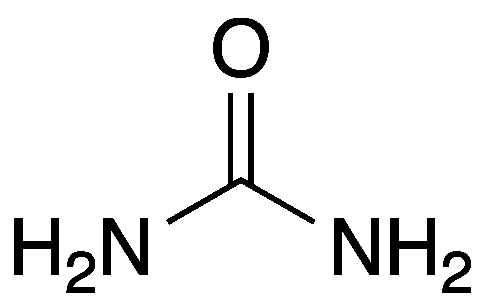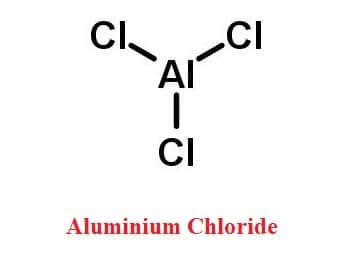Biodegradable resins are produced using natural, non-toxic, water-based materials. They are typically produced using organic sugar or oils and thermoplastics based on starch. In other words, the resin can only degrade into organic matter if it was made from organic materials. Biodegradable resins include silicone resin, epoxy resin, and eco-resin.
On the other hand, Synthetic resins such as polyester/fibreglass resin, polyurethane resin, and thermoset resins are not biodegradable. They are not recyclable or biodegradable.

Biobased Epoxy Resins
Epoxies are thermoset polymers with noteworthy mechanical and chemical characteristics, including high strength, high stiffness, good creep resistance, low shrinkage, and excellent chemical resistance. As a result, they are frequently used in engineering applications as the matrix material for fibre reinforced polymers (FRPs).
Due to significant efforts being made to develop more environmentally friendly alternatives to the traditional petroleum-based epoxy resins, biobased epoxy resins are beginning to emerge. These bio-based sustainable resins are less harmful and can be produced low cost, which will ultimately benefit the economy and environment.
For bio-based epoxies to be truly sustainable, reactants and their precursors must be selected, synthesized, and processed carefully.
More Links
- BCl3 Lewis Structure in four simple steps - November 1, 2023
- PH3 Lewis Structure in four simple steps - October 8, 2023
- PF3 Lewis structure in four simple steps - September 24, 2023



